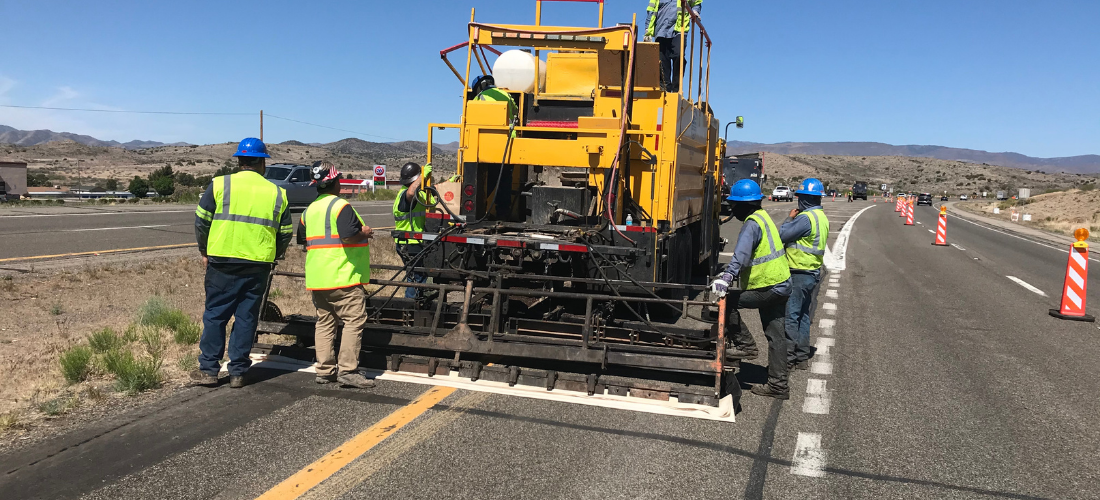
Micro-surfacing is widely accepted as the best pavement preventive maintenance technique considering its winning advantages over other asphalt maintenance methods rather than corrective maintenance. It is cost-effective, highly reliable, low maintenance cost, waterproofness and skid resistance performance. It is basically a mixture consisting of bitumen emulsion, dense aggregate, polymer additive and water. Micro Surfacing Technology for Road Repair is widely used all over the world on moderate to high volume roads. Versatile and adaptable, the guidelines and specifications for executing micro-surfacing slightly differ as per the unique requirements. Micro-surfacing is good for the following:
- Correct rutting
- Improve surface friction
- Extend pavement life
- Setting time is less
Effectiveness of micro-surfacing
Micro Surfacing Technology for Road Repair is one of the renowned bitumen-based pavement maintenance methods. Road owners and road contractors can rely on guidelines and specifications to get guaranteed results. Micro Surfacing Technology for Road Repair to date, when applied by highly trained professionals, provide extended pavement life but turn out a disaster if you use inexperienced workmanship and practice.
Before applying micro-surfacing technology for road repair, the existing bitumen road must be cleaned properly. Sealing tight cracks, filling wide cracks and a thorough brooming. Loose dirt and contaminants have to be cleaned properly and any bumps should be repaired.
Guidelines for Micro-surfacing
- Critical components of a micro-surfacing treatment surely contribute to success. The road contractor has to use a comprehensive mixed design process, knowledgeable and experienced staff and quality materials.
- As we have seen the condition of the pavement matters too. The stability of the micro-surfacing depends on the underlying pavement structure. Besides, it is advisable to clean the existing pavement at least 3 months before the application of micro-surfacing to avoid entrapment of volatile.
- Tack coating must be applied, if the underlying pavement structure is old
- The application of micro-surfacing must be compatible with the weather. It should not be carried out in extreme rainy or wet conditions.
- The thickness of the micro-surfacing emulsion varies but it should be slightly greater than the maximum size of the mixture aggregate.
- Before opening to traffic, the road contractor must ensure that the micro-surfacing applied is good to use. If there is no road traffic after the application of micro-surfacing, the roller can be used in certain circumstances.
- The paving unit and other equipment must be in good condition and of high quality. Otherwise, a proper and accurate discharge of the mixture cannot be achieved.
- Metering units of the paving machine should be correctly calibrated in order to achieve the desired proportion of component materials.
- Ancillary equipment such as brooms, lamps, barricades must meet statutory requirements. Field cleaning is very important before applying micro-surfacing emulsion.
About us
Bedrock Chem Infra LLP is a renowned provider of micro-surfacing technology for road repair in Maharashtra that produces the best quality road preventive maintenance products. Being the best provider of micro-surfacing technology for road repair in Maharashtra, we are pledged to provide bituminous road products of supreme quality and effectiveness.




